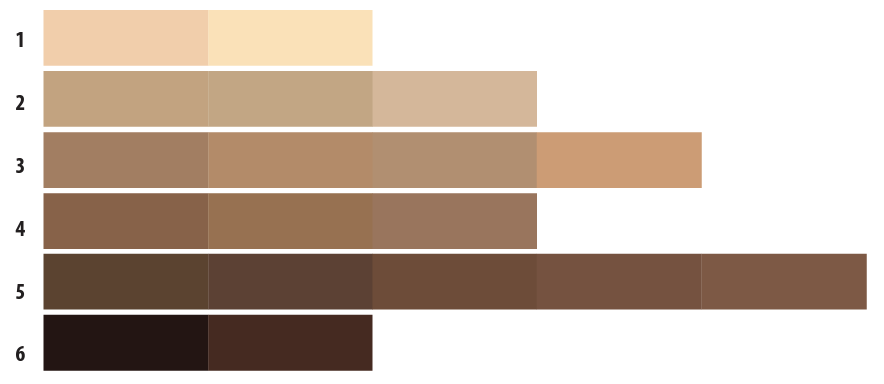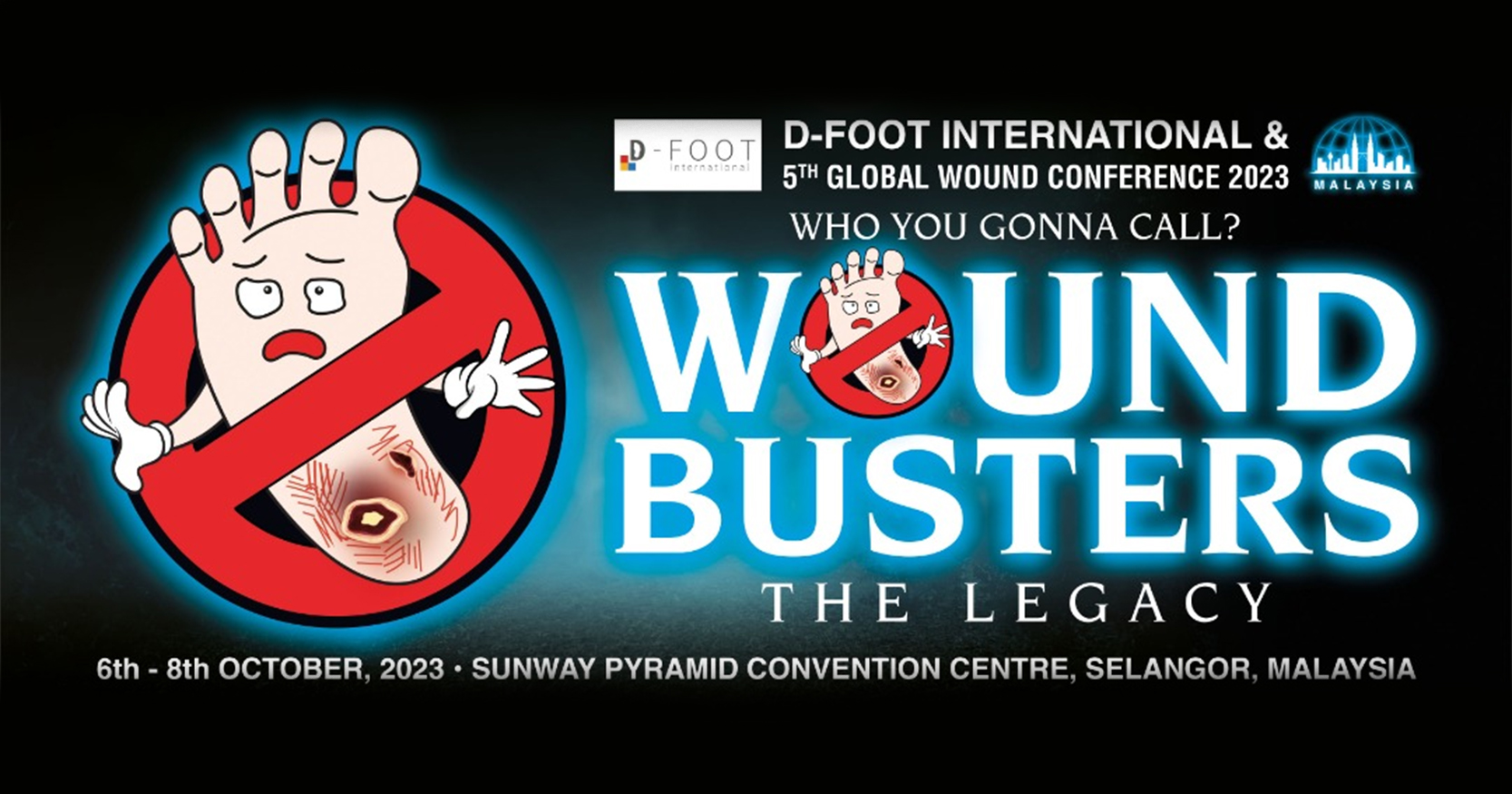While patient populations vary across the world, evidence shows that in many areas there are discrepancies in wound care due to variations in skin tone; for example, patients with dark skin are more likely to be diagnosed with higher-category pressure ulcers (PUs) (Oozageer Gunowa et al, 2017). This is due to a lack of accurate assessment and early identification; for example, the initial ‘redness’ seen on light skin may not be present in dark skin and thus be missed in the initial assessment.
Skin changes in people with dark skin tones are not observed quickly enough on a global scale. ‘Global Majority’ is a collective term for people who are Black, Asian, Brown, dual-heritage, indigenous to the global south and or have been racialised as ‘ethnic minorities’; globally, these groups currently represent approximately 80% of the world’s population (Campbell-Stephens, 2020).
To address these gaps, a group of global experts convened for an online meeting in September 2022 to develop an international consensus document, focusing on inclusive language, assessment and treatment of all skin tones, to improve patient outcomes. The members of the expert group work in different areas of the world, with differing patient groups and within different healthcare systems; the aim of this meeting and the resulting document was to learn from shared experiences and provide guidance on best practice to improve outcomes for all patients, with a differing range of skin tones.
The overall aim of the document is to improve clinician confidence in delivering best practice to all patients, with the ultimate aim of improving patient experiences and outcomes.
Guidance in practice
The document focuses on key areas within wound care where skin tone may be a consideration, to increase clinicians’ knowledge and confidence:
- Assessment and diagnosis
- Communication and language
- The importance of inclusive care
- Global geographical considerations: Getting it right
- The future.
Each section includes key points and tips in practice, providing practical information that can be used in a real-world setting.
Assessment and diagnosis
Patient assessment is the foundation of all care. The document provides guidance on key points, such as skin inspection, the importance of using touch and temperature rather than relying on visual signs and establishing baseline skin tone so that changes can be monitored and managed. A lack of early identification of skin changes can mean that important signs are missed, which can lead to further and preventable skin and tissue breakdown and damage.
The expert panel advocate use of the skin tone tool to establish the patient’s baseline skin tone. The skin tone tool (adapted from Ho and Robinson, 2015) is a validated classification tool that shows a range of skin tones (Figure 1) so that the tone can be selected that most closely matches the patient’s inside upper arm. The skin tone tool has been found to be a simple and economical way of assessing skin tone and can be used across care settings, including in patients who may have limited literacy (Ho and Robinson, 2015). The tool encompasses more gradients than binary ‘light’ and ‘dark’ generalisations so are more useful for use in practice. Full guidance on how to use the skin tone tool in practice with patients can be found in the consensus document.
The consensus document also provides information on erythema and skin pigmentation, which can vary between different patients depending on their skin tone. Erythema means a change in colour of an area of skin, caused by increased blood flow (BAD, 2021). It has traditionally been used to detect skin areas that may be infected or have other abnormalities. Although the term ‘redness’ may be used, it is important to note that erythema does not always appear as ‘redness’ in many skin tones. While redness can be an obvious symptom in people with less deeply pigmented skin, where it contrasts clearly against light skin tones, this is not necessarily the case in people with varying skin tones; for example, black, brown and olive skin tones. Changes in colour can run the spectrum of pink, red, and purple – in some cases it may be limited to a subtle darkening of the existing skin tone.
When assessing any patient’s skin, it is important to note what is ‘normal’ to the patient. For example, age-related pigmentation may be misdiagnosed but may be a natural occurrence on the patient’s skin. It is not uncommon for dark skin to present with age-related dark patches of skin on the palms and soles of the feet, which may be relevant when examining patients with diabetic feet.
Communication and language
Patient communication is a vital aspect of all care, not only to maintain a healthy clinician-patient relationship but also to improve patient outcomes. Patient engagement is increasingly recognised as an integral part of health care and a critical component of safe people-centred services.
It is critical to understand the patient’s perspective, as well as their thoughts and feelings about their wound and overall skin condition. Asking direct questions such as ‘have you noticed any changes to your skin?’ or ‘are any parts of your skin sore?’ are important for involving patients in their own care and obtaining information that might otherwise be missed (Dhoonmoon et al, 2021).
While there is currently no standardised approach to describing skin colours, clinicians’ language must be respectful, simple, professional and neutral. The consensus document provides guidance on patient communication and how to discuss skin tone with patients, including suggestions for questions to ask to ensure that signs are not missed, and tips for using inclusive language when communicating with patients.
The consensus document also provides information and tips for use with patients where communication may be an issue, such as language barriers or capacity issues, including use of clear communication, and where interpretation services or use of simple translation tools or visual information may be needed.
The importance of inclusive care
All healthcare should be inclusive of all patients and individualised to suit them. To be inclusive, all clinicians should be as culturally aware and educated as they can be, so that they are well equipped to help all people individually. All patients need is to feel supported and be able to ask for help (WUWHS, 2020).
Different clinicians in different parts of the world may have different knowledge and needs, depending on factors such as the patient population in their area. In all cases, evidence emphasises the importance of inclusive, compassionate and individualised care (WUWHS, 2020). Guidance highlights the importance of good communication, compassion and trust, as well as practical strategies for when things go wrong (UK GMC, 2019; WUWHS, 2020).
The consensus document provides information on how to educate clinicians and patients to ensure care is inclusive and all patients are engaged with their treatment, including tips in practice and guidance for working within multidisciplinary teams.
Global geographical considerations: Getting it right
In some areas of the world, there may be specific considerations regarding wound care, depending on local cultural and geographical factors. Different climates may have to be considered, as well as different cultures in different areas.
Additionally, some geographical areas may be better resourced than others, healthcare systems may vary and patients in rural or urban areas may have differing access to healthcare and to seeing a clinician.
The consensus document provides specific guidance for care in low-resource areas. The fundamental principles of assessment are vital, particularly in the early identification of infection, focusing on awareness of signs and symptoms in all skin tones, such as pain, heat and erythema.
The document also includes guidance for cultural and geographical issues that may be relevant in different areas of the world or when working with varied patient populations. Guidance in this section includes:
- Community and traditional medicine, focusing on the importance of being culturally sensitive and considerate of all patients’ belief systems, and working alongside community and traditional medicine
- The effect of climate, such as variations of temperature and humidity
- Risk of sunburn, and the importance of skin protection from sun damage
- Skin bleaching, the effect this may have on the skin and how to consider this as part of skin assessment and management.
The future
There has been work to show that there is still generally a significant gap in evidence and research around skin tones and providing the best care to all patients (Oozageer Gunowa, 2022). The vast majority of the evidence that does exist is in the field of pressure ulcers, so there is a recognised need for evidence in other areas of wound care (Oozageer Gunowa, 2022).
There is a need for use of case studies and photographs of dark skin tones in general education around wound care to aid knowledge across the full range of skin tones, and to help address the gap in bias around light skin tones (Dhoonmoon et al, 2021).
The expert panel agreed that aims for the future in work around skin tone include:
- Building evidence and research in wounds in a range of skin tones
- Increasing awareness around signs and symptoms in a range of wound types – not just pressure ulcers
- Increasing use of case studies and photographs of dark skin tones in educational materials
- Improving inclusive care and cultural awareness, improving outcomes for all patients.








